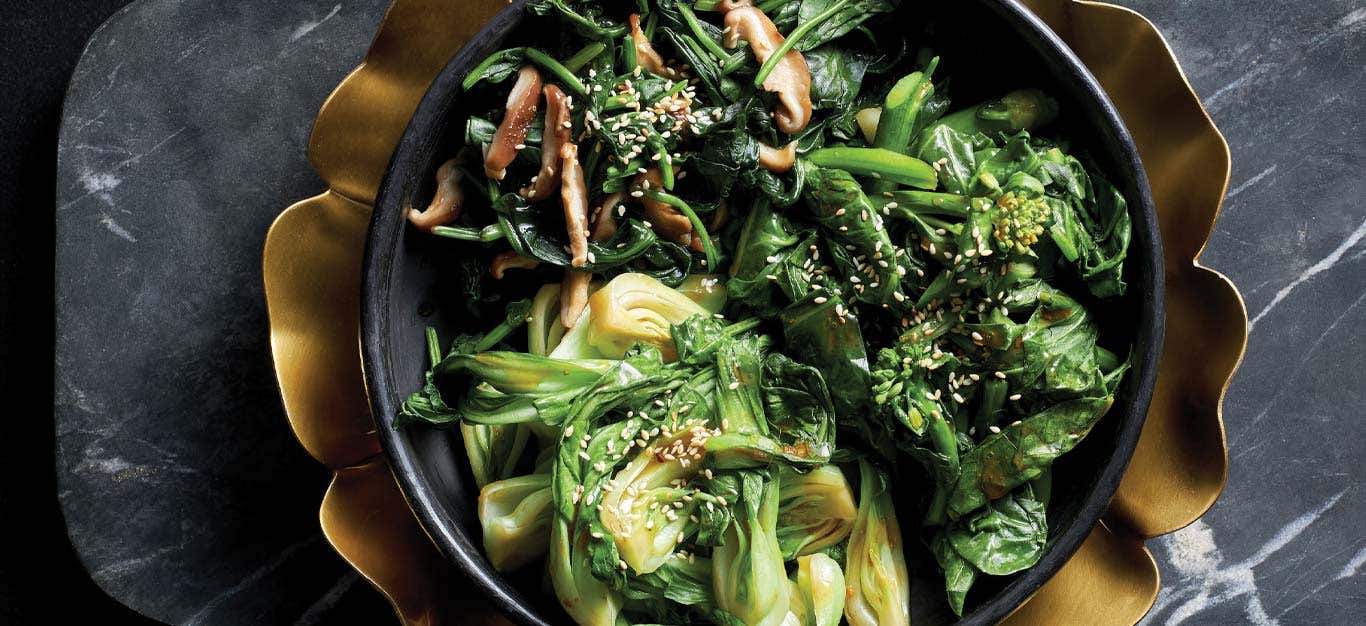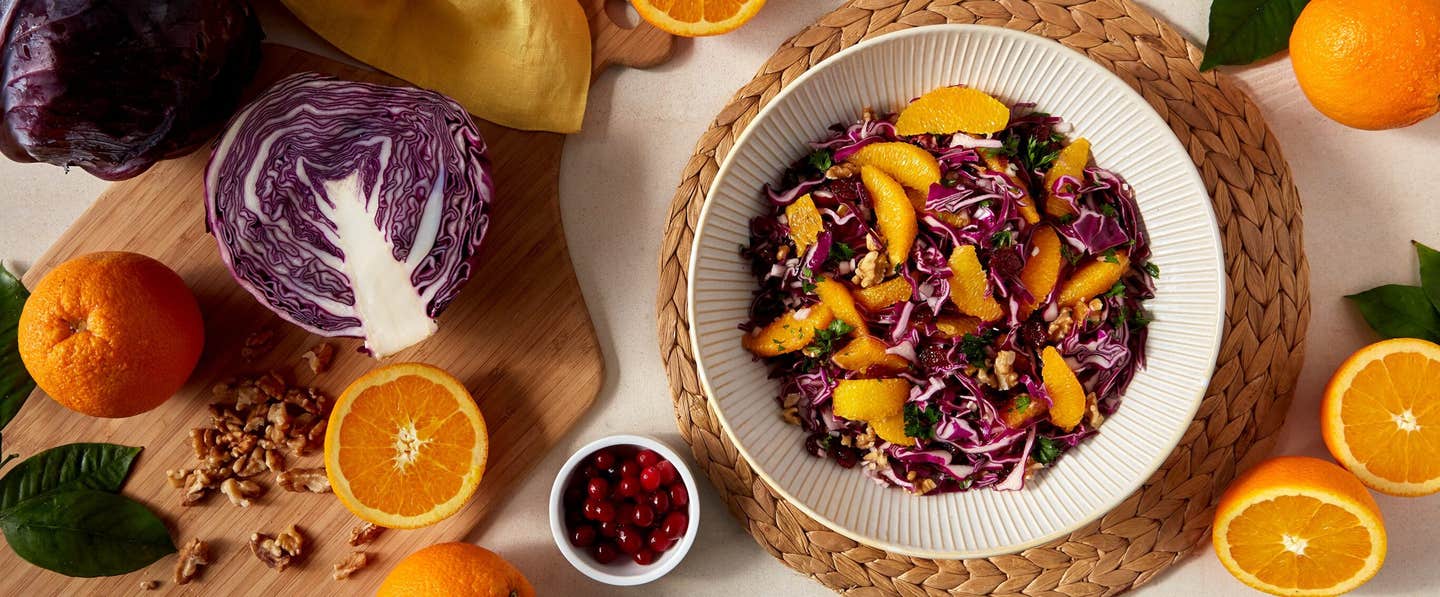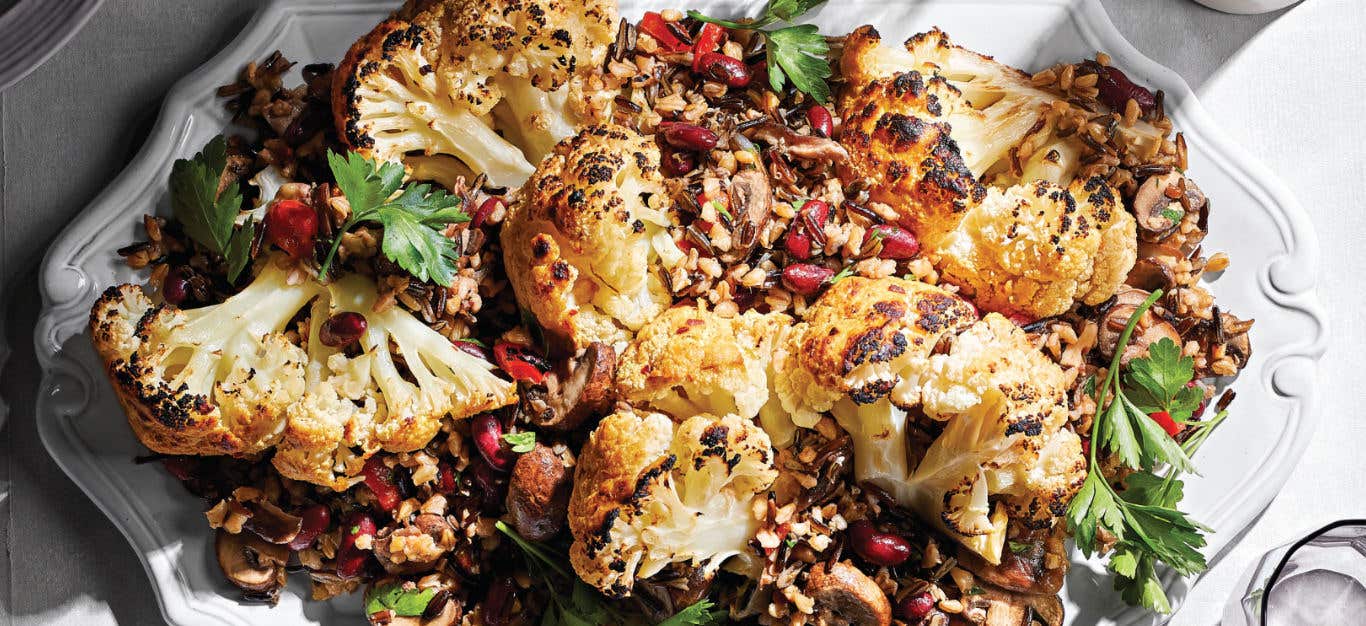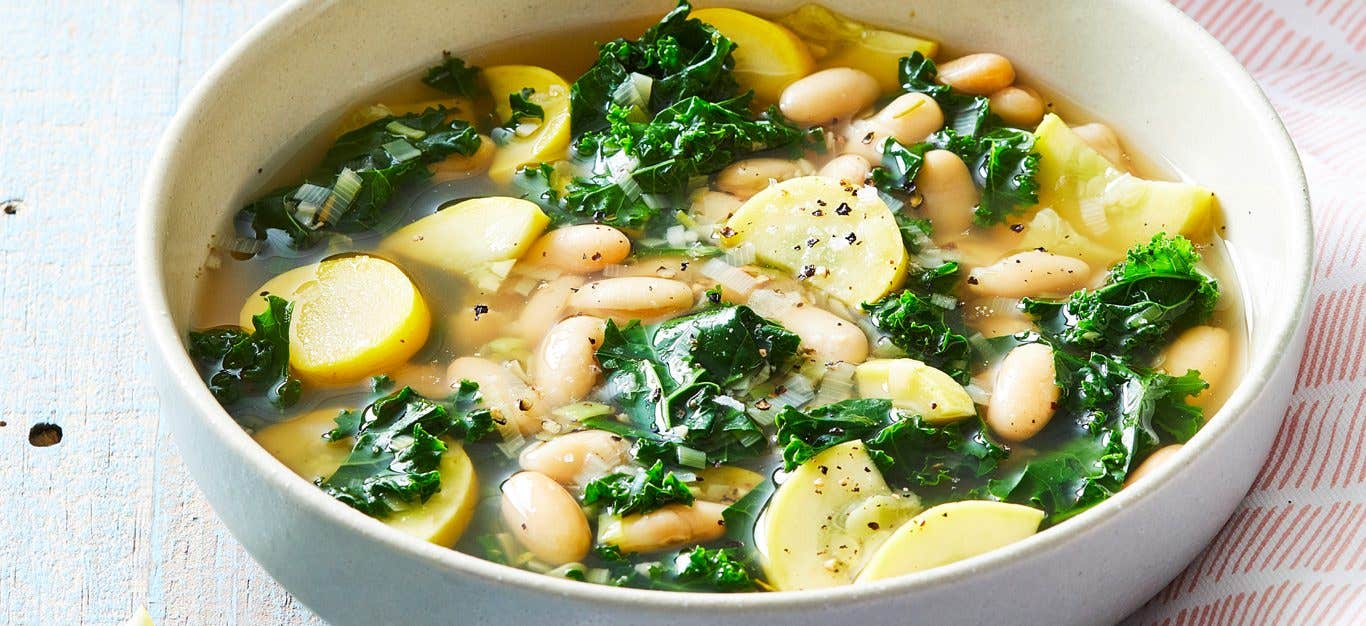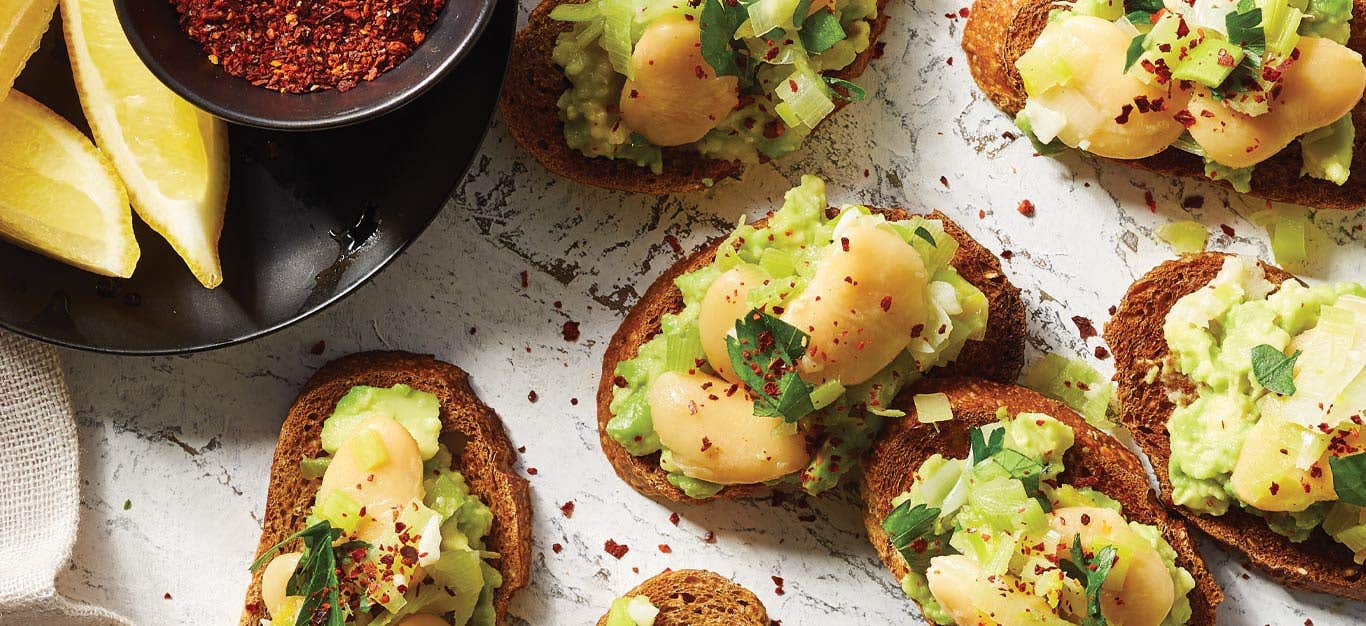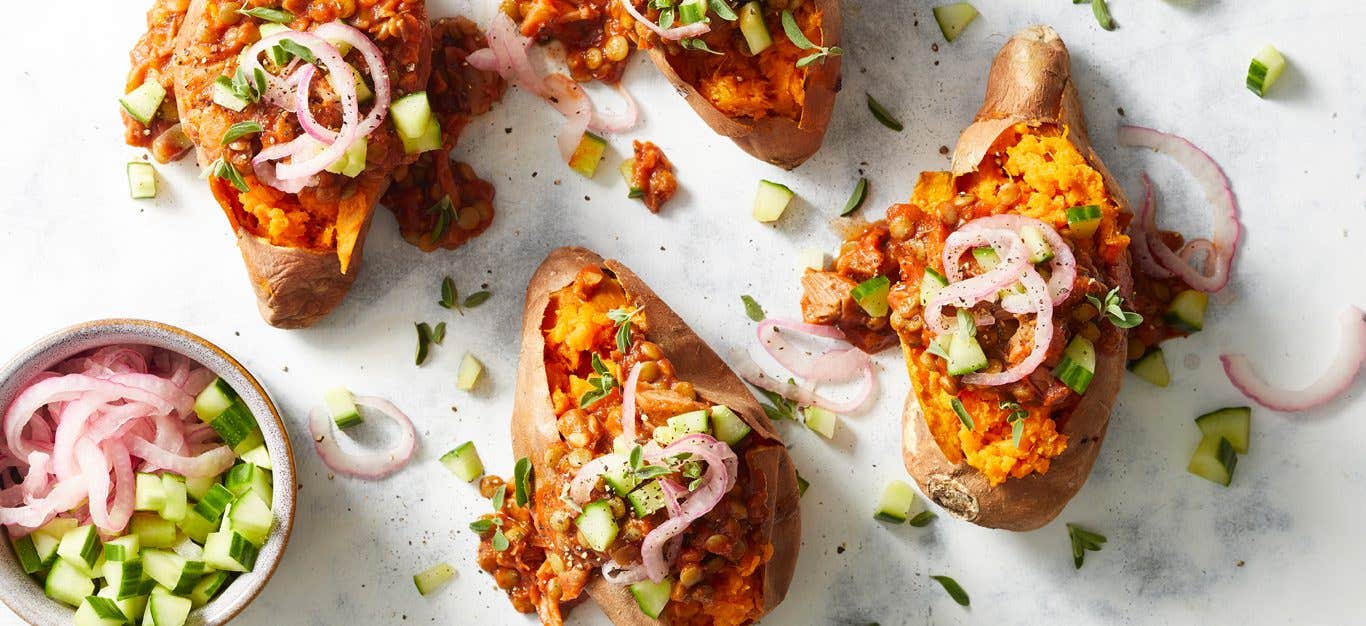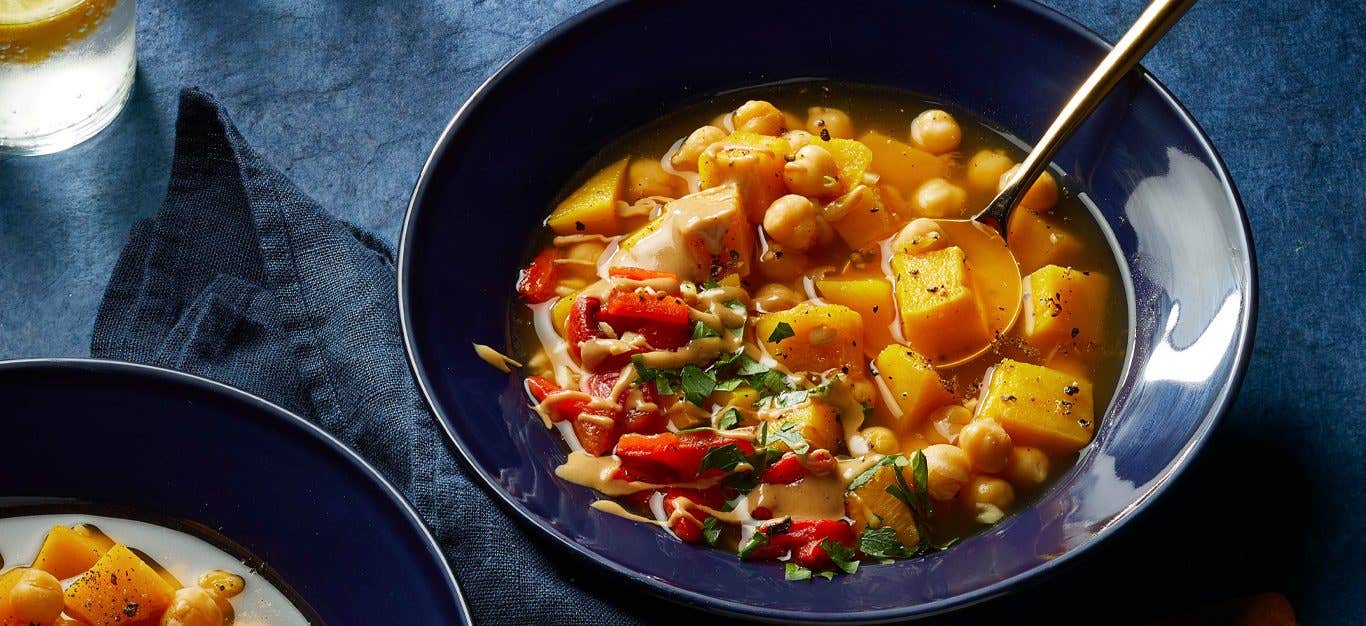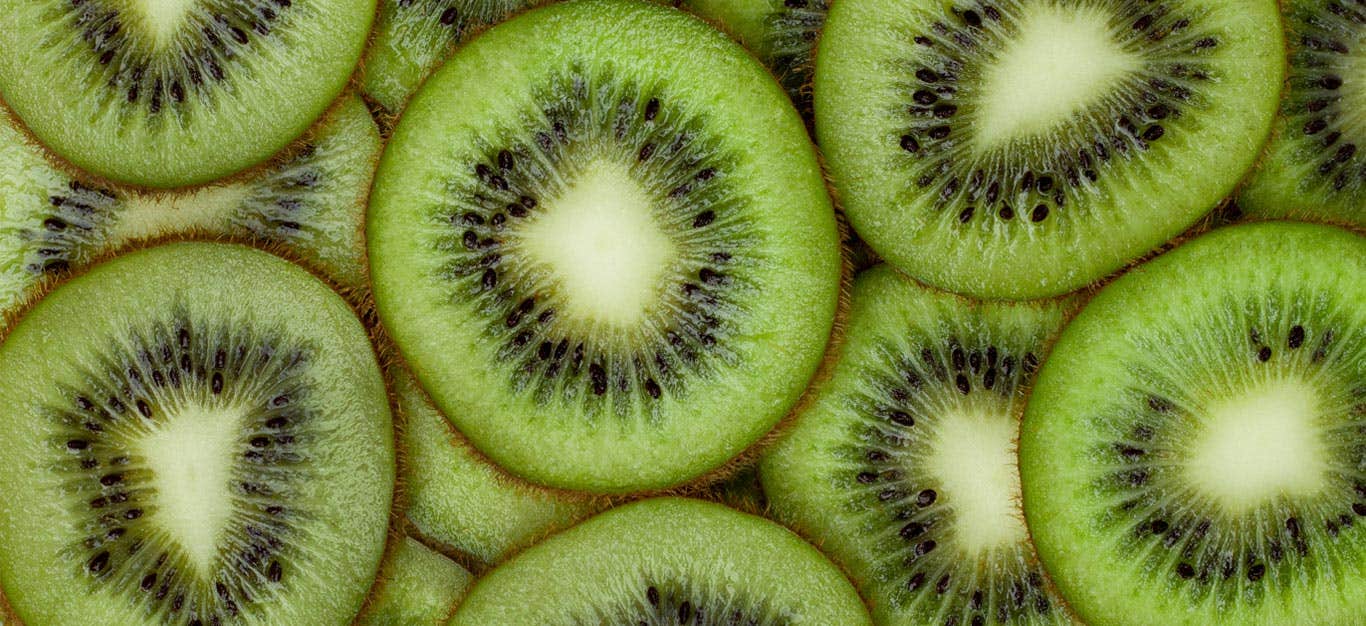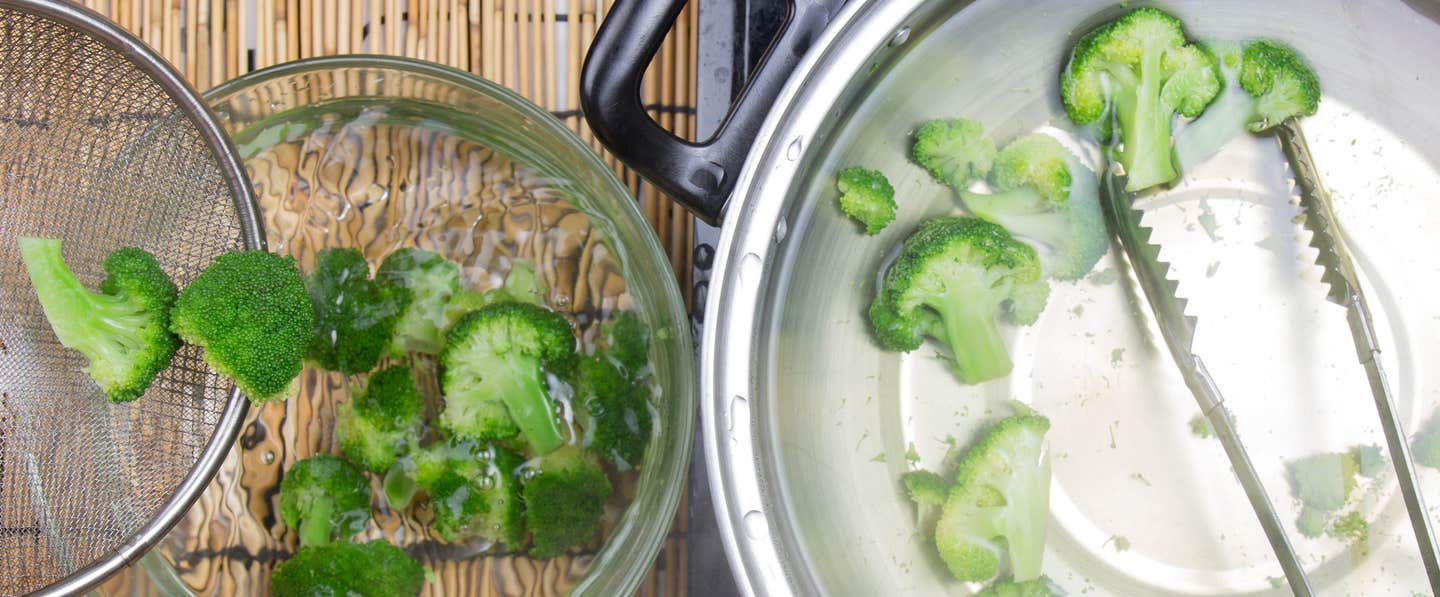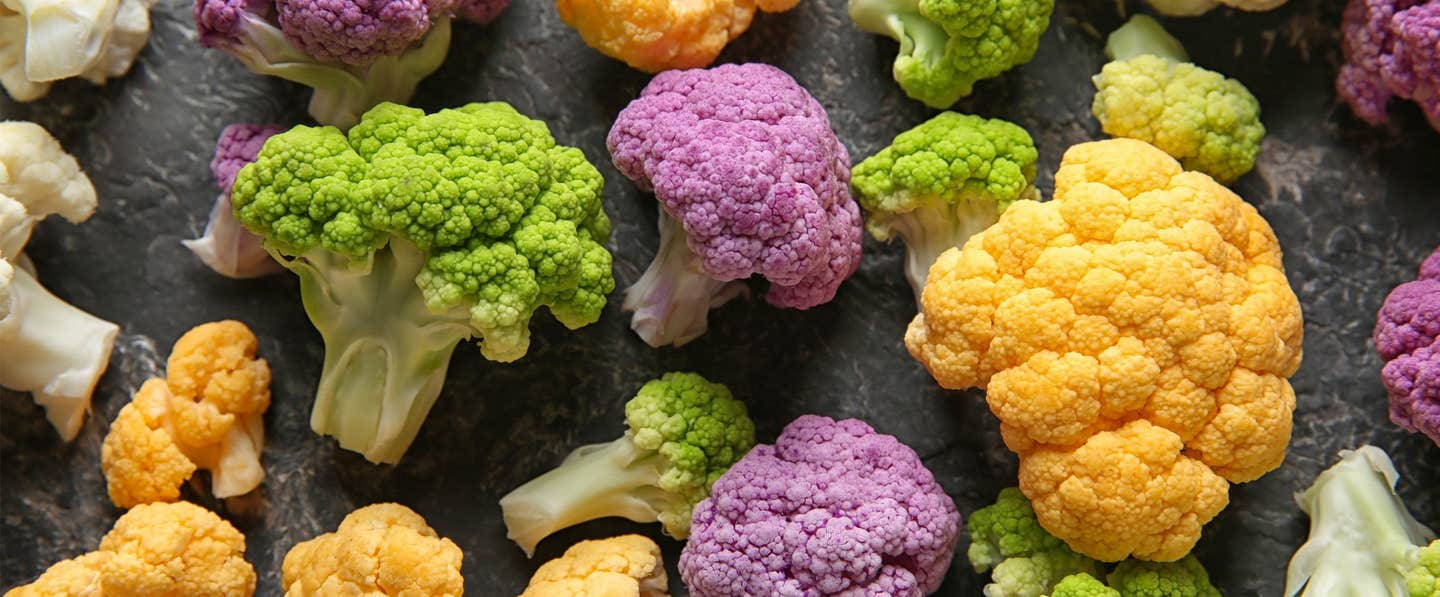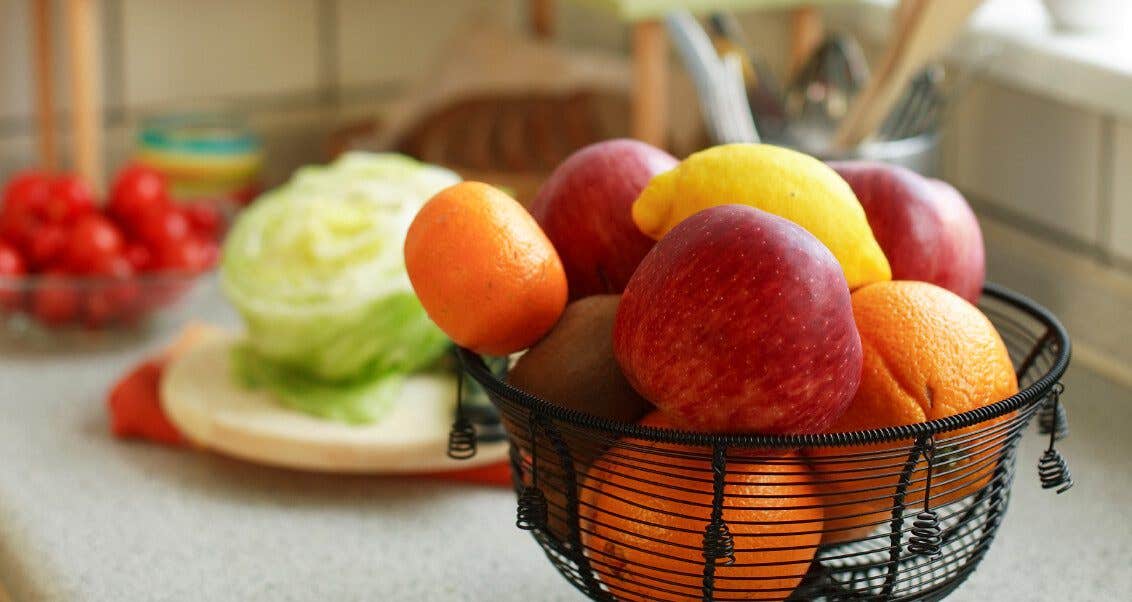Think winter is the worst time for produce? Think again. A bountiful array of fruits and vegetables are at their most flavorful in the colder months of the year, and many of the fruits and veggies that we typically associate with fall continue their seasons well into winter. Read on for the full list of winter fruits and veggies, along with recipes to try them in.
WINTER VEGETABLES
- Allium bulbs (onions, shallots, garlic)
- Avocados
- Beets
- Bok choy
- Broccoli
- Broccolini
- Broccoli rabe
- Brussels sprouts
- Cabbage
- Carrots
- Cauliflower
- Celery root
- Chayote
- Chicories (endive, radicchio)
- Collards
- Fennel
- Kale
- Leeks
- Mustard greens
- Rutabagas
- Sweet potatoes
- Swiss chard
- Turnip greens
- Winter squash
WINTER FRUITS
WINTER VEGETABLES
Plenty of vegetables positively thrive in the cold winter months. Here are all the veggies in season right now.
ALLIUM BULBS (ONIONS, SHALLOTS, GARLIC)
The papery skins of these aromatics help the flavorful bulbs withstand long storage times. They are a boon in winter, when they can be roasted or caramelized for tasty pizza garnishes, bread toppings, and quesadilla fillings.
Selection Check all to make sure they look dry and show no signs of molding. Give them a firm squeeze to make sure they don’t have soft spots. Avoid any that feel soft or have begun to sprout.
Storage Never put onions, shallots, or garlic in the fridge, where the humidity can cause them to soften and mold. Instead, store them in a bowl or basket at room temperature. Keep them away from the potatoes, too; both vegetables release moisture into the air, which can cause spoiling.
AVOCADOS
Most of the avocados sold in the United States and Canada are imported from Mexico, where peak growing season extends from November to February. This is when dark-skinned Hass avocados are at their creamiest, and prices for the sought-after produce go down. Try them in wraps, salads, and, of course, dips.
Selection To find ripe avocados in the pile, look for those that have a little give when gently squeezed and feel soft near the stem end. Another ripeness indicator: The stem of a ripe avocado will come off easily and the flesh beneath will be a vibrant green. Avoid avocados with sagging skin, brownish spots, or dents.
Storage Leave under-ripe avocados on the counter to ripen at room temperature, then store ripe avocados in the fridge for up to a week. Cut avocados should be placed cut-side down on a plate or wrapped in plastic wrap to prevent browning.
BEETS
These cool-weather lovers can withstand light frosts and are harvested throughout the winter in milder climates. They’re great for roasting and can be grated just like carrots for salads and sandwiches. Learn more in our full guide to beets.
Selection Choose small- to medium-size beets that feel firm and show no signs of wrinkling. Bright, vibrant greens are a frequent bonus—they can be used like Swiss chard or spinach—and a sign that the beets were recently harvested. Avoid beets that are smaller than a large radish; they will be hard to peel.
Storage Remove any greens immediately, and refrigerate beets in a breathable paper bag until ready to use. Trimmed beets that are kept cool and dry will remain fresh and firm for several weeks.
BOK CHOY
Also called Chinese cabbage, leafy bok choy comes in a wide range of sizes, from baby bouquets to lettuce-size heads. The mild flavor and quick cooking time make it a staple in stir-frys, and it is also delicious grilled, steamed, or added to an Asian-style noodle soup.
Selection Choose bok choy the way you would choose a head of lettuce: Look for full, firm, unblemished leaves and no signs of dampness or browning at the stem.
Storage Bok choy will keep up to five days in the crisper drawer of the fridge. Remove any plastic wrapping before storage to prevent moisture buildup.
BROCCOLI
Like other cruciferous vegetables that are so readily available they seem seasonless (hello, kale), broccoli grows best in cool temperatures, which keep it tender and sweet and prevent the stalks from bolting and going to flower. Broccoli is delicious in creamy pasta dishes and makes for a flavorful pureed soup. (See some of our favorite vegan broccoli recipes here.)
Selection Pick broccoli heads with hard, firm stems, tight florets, and no yellowing anywhere. The cut end of the stem should look fresh, not dry.
Storage Refrigerate whole broccoli heads immediately and use within three to five days. Or cut the heads into florets so they’re ready to use and store in a paper towel-lined container for up to three days.
BROCCOLI RABE/BROCCOLINI
These long-stemmed broccoli cousins have a bitter flavor that works well in hearty fall and winter dishes. In addition to preparing them as a broccoli swap, try broccoli rabe and Broccolini in place of bitter leafy greens such as kale and collards. Note that broccoli rabe is more pungent and bitter than Broccolini and takes one or two minutes more to cook.
Selection Look for long, firm stems topped with dark green florets that show no signs of yellowing.
Storage Remove any plastic packaging and refrigerate in a paper or mesh bag or a lidded container for up to seven days.
BRUSSELS SPROUTS
Now available year-round, Brussels sprouts used to be a fall and winter delicacy. The key to keeping them delicious (and winning over Brussels sprouts haters) is not to overcook them, which brings out their cabbage-y side. Roasting is a good way to do that, and roasted Brussels sprouts can even be used as a pizza topping! Serve them up with a succulent sauce, such as in our Brussels Sprouts with Maple-Mustard Sauce and Creamy Brussels Sprouts with Sun-Dried Tomatoes. For more recipe ideas and tips for cooking with them, check out our guide to Brussels sprouts.
Selection Brussels sprouts are sold loose, bagged, and still on the stalk. Select sprouts that are similar in size (for even cooking) and vibrant green with tight heads of leaves. When buying pre-bagged Brussels sprouts, avoid packages with collected moisture inside, which is a sign they’ve been on the shelf a while.
Storage Remove from packaging or cut off stem, and refrigerate in a bowl or lidded container for three to five days.
CABBAGE
Red, white, Napa, Savoy—all cabbage varieties are cool-weather vegetables that taste sweeter when the temperatures drop. The ultra-versatile veggie adds taste and texture to slaws, salads, soups, and stews. For a change, try quick-pickling it as a flavorful addition to a Buddha bowl or roast cabbage wedges with potatoes for a hearty winter meal. For more ideas, check out our favorite vegan cabbage recipes.
Selection Look for firm cabbage heads with no droopy or missing leaves; these are a sign of an older vegetable. Give it a quick sniff, too. A sulfurous, cabbage-y scent means the head has been in cold storage a while and may taste pungent or bitter.
Storage A whole cabbage will keep two to three weeks in the fridge or in a cool, dry place (like a garage in winter). Cut cabbage should be bagged or wrapped in plastic wrap before refrigerating for up to three days. For best color and flavor, use shredded cabbage within a day or two.
CARROTS
Before Dutch growers took over the carrot market with orange varieties in the 17th century, the root vegetables came in a rainbow of colors that have made a recent comeback. The white, yellow, purple, and red varieties are especially stunning when they are raw; cooking may turn purple and red carrots back to orange. Carrots must be harvested before the ground freezes, but “storage varieties” will keep for months. In some cases, they get sweeter and more flavorful after a few weeks. Check out our roundup of Fresh and Tasty Carrot Recipes.
Selection Size plays less of a role in carrot flavor than skin quality, so check the carrot skins first. They should be pale and thin—older carrots have thicker skins and may be bitter and past their prime.
Storage The key to keeping carrots fresh is to eliminate moisture, which can cause them to go limp and even rot. Remove carrots from plastic bags that can hold in condensation. Transfer to a paper towel–lined container or a paper bag, then store in the crisper drawer of the fridge.
CAULIFLOWER
Snowy-white cauliflower can be roasted whole, sliced into steaks, pulled apart into florets for a wide variety of recipes, or finely chopped to make cauliflower rice. Like other cruciferous vegetables, cauliflower is at its sweetest, tender best when the weather is cool. Learn more about cauliflower and get recipe ideas with our guide Ingredient IQ: Cauliflower.
Selection Pick uniformly white heads with tight florets and no signs of browning. Outer leaves are a plus, as they help keep the cauliflower fresher longer.
Storage Remove any plastic packaging to prevent moisture build-up and browning, then store whole heads in a paper or mesh bag, or lightly wrapped in a kitchen towel, in the fridge. You can also cut the heads into florets and store them in sealed containers for three to five days.
CELERIAC (AKA CELERY ROOT)
When you cut away the thick outer skin of a knob of celeriac (also called celery root), you’ll find pale flesh that’s firm like a turnip with a flavor similar to celery. It’s excellent when used like potatoes in soups and stews, blended like cauliflower to make a creamy sauce, or grated like carrots for salads. Find more tips here: What Is Celeriac?
Selection Choose grapefruit-size roots that feel heavy and don’t have too many knobs or roots sticking out. A smoother exterior means less waste after the thick peel has been cut away.
Storage Celeriac will keep for two to three weeks in the crisper drawer of the fridge or any cool, dark place. Store in a paper bag to prevent any grit from dirtying the storage space.
CHAYOTE
The pale green, oval gourds have a flavor that’s a cross between cucumber and zucchini. Try them as a crunchy addition to salads, a cold-weather swap for zucchini and yellow squash, or a sweet, mild base for a creamy blended soup.
Selection Look for uniformly green chayotes with smooth skin and no blemishes or browning.
Storage Store whole chayotes in the crisper drawer of the fridge for three to five days. Slice or cut just before serving; the flesh will turn brown if left for an extended period of time.
CHICORIES (ENDIVE, RADICCHIO)
The pleasantly bitter members of the chicory family make colorful additions to salads and develop a natural sweetness when they’re braised, roasted, or grilled.
Selection Choose endive and radicchio heads that look full and show no signs of browning. Then check the base of each head; it should be a light, rusty brown and look dry. The diameter of the base should also correspond to the size of the head; if it looks larger, outer leaves have been pared away after they browned.
Storage Refrigerate endive and radicchio heads in paper bags to protect them from light and moisture accumulation. They will keep up to a week.
FENNEL
The root vegetable with a delicate anise flavor is harvested in late fall and early winter after the pale white bulbs have fully matured. Not familiar with fennel? Get to know the crunchy veggie with our Ingredient IQ: Fennel.
Selection Choose fennel that is white or pale green with no cracks in the flesh or browning. Because the stems are too fibrous to cook with, select medium-size bulbs with trimmed stems.
Storage Store fennel in a paper or plastic bag in the crisper drawer of the refrigerator for up up to two weeks. (The fronds may wilt, but that’s OK.) Wrap cut fennel in plastic wrap to prevent browning. Chopped fennel can also be frozen raw for use in soups and stews.
KALE, COLLARDS, MUSTARD, AND TURNIP GREENS
Frost-resistant bitter greens brighten cold weather dishes after the season for other garden vegetables, such as green beans and zucchini, has passed. Check out our guides to kale and collard greens for more information and recipes.
Selection Look for lush, full leaves that aren’t wilted or yellowing. Test for tenderness by rubbing a leaf between your fingers; if it feels tough or fibrous, it probably will taste that way, even after cooking. These greens are fairly interchangeable in recipes, so if the greens called for in a recipe don’t look great in the store, feel free to make a substitution.
Storage Stem, wash and dry greens when you bring them home, then store them wrapped in dry paper towels or in a lidded container for three to five days. Wilted greens can be re-plumped with a 15-minute soak in a bowl of cold water.
LEEKS
Leeks are the national emblem of Wales, which gives you an idea of how well this stalky green member of the onion family thrive in cool, damp fall weather. Leeks can be used interchangeably with onions in most recipes and are often used to add subtle texture and flavor to soups and grain dishes. Learn more about leeks here: What Are Leeks?
Selection Choose small to medium-size leeks that are more white than green. Most recipes call for the white or light green parts of the vegetable; dark green leaves can be tough and fibrous. 1 medium leek equals 1 to 1½ cups chopped.
Storage Store leeks whole in the crisper drawer of the fridge. Slices can be frozen raw in resealable plastic bags.
RUTABAGAS
Sweeter than turnips and creamy like potatoes, rutabagas can be used in place of or in addition to both to add extra flavor to your favorite recipes.
Selection Choose softball-size rutabagas with smooth skin and no cuts or cracks.
Storage Like turnips, rutabagas will keep for months in the fridge or in a cool, dark place (such as a basement or garage).
SWISS CHARD
Summer may be Swiss chard’s banner season, but it’s harvested throughout the year and not only tolerates cold temperatures well but can taste even better when grown in the cold. Chards’ sturdy, curled leaves make it great for stuffing with tasty fillings, as in our Millet-Stuffed Chard Rolls. Find more recipes and tips here: Get to Know Swiss Chard.
Selection Choose bunches or bags of leaves that are deep green and show no signs of yellowing. Check the stems: thick stems indicate firmer leaves that are better for cooked recipes, like a Lentil, Chard, and Sweet Potato Curry. The ribs and the leaves of chard can both be eaten, but it helps to separate them before cooking, because the ribs will need more time in the pan. Tender-stemmed young leaves are best used raw in salads and grain bowls.
Storage Loosely wrap unwashed in a paper towel, and store in a resealable bag or container in the refrigerator for up to five days. Wilted leaves can be refreshed by dunking them 15 minutes in a large bowl of cold water. Or you can just cook them; wilting won’t affect the flavor.
SWEET POTATOES
Sweet potatoes grow and mature during the warm days of summer, then are generally harvested before the first frost of fall. Their amazing flavor and versatility make them a favorite ingredient at Forks Over Knives, and we’ve got lots of recipes to choose from.
Selection Choose sweet potatoes that look firm and have smooth, evenly colored skin. Branch out and give heirloom, purple, and white sweet potato varieties a try when you find them.
Storage Keep sweet potatoes in a dark, dry, well-aerated place along with other potatoes.
WINTER SQUASH
The giant jewels of cold weather cooking are harvested throughout the fall, when they’re at their sweet and tender best. There are many kinds of winter squash, including butternut, acorn, delicata, and spaghetti. Pumpkin is also a winter squash. Most types are interchangeable in recipes, so feel free to try kabocha or pumpkin in place of butternut, use acorn instead of delicata, or substitute an heirloom variety in any of our tasty recipes.
Selection First check the skin; it should be firm and thick with no pale green undertones (a sign the squash was picked before it was fully ripe), slashes, or cuts. Then, look at the stem to make sure it is dry and woody.
Storage Whole winter squash will keep in the fridge several weeks or in a cool, dark, dry place for several months. Once cut, store squash pieces or halves in the fridge, and use within three to five days.
WINTER FRUITS
Brings sweetness and color to your winter with the following fruits, which are all delicious this time of year. (And be sure to check out our Recipes for Baking with Winter Fruit.)
APPLES
Fall may be peak season for apples, but when properly stored, many varieties such as Fuji, Braeburn, Rome, and Gold Rush remain crisp, juicy, and fresh long after the harvest.
Selection Give each apple a gentle once-over to check for bruises or soft spots. Smaller fruits are ideal for snacking; larger apples means less peeling and easier slicing when baking.
Storage Apples stored in a cool, dark place will stay crisp and fresh for weeks, but they’ll last even longer in the fridge. Warmer temperatures cause the fruit to over-ripen and turn mealy or soft. Dunk sliced apples in a 1:3 solution of lemon juice to water to prevent browning.
CLEMENTINES, TANGERINES, AND MANDARIN ORANGES
Always wondered what the difference was between the three? All are essentially descendants of mandarin oranges. Clementines are a cross between a sweet orange and a mandarin orange, with loose, easy-to-peel skins and no seeds. Tangerines are a type of mandarin orange with thin skins and (usually) seeds. All three get sweeter as the weather gets colder and winter progresses.
Selection Weigh each fruit in your hand; the heavier they feel, the juicier they’ll be. When buying a five-pound box, take a peek beneath the first layer of fruit—which usually contains the biggest, prettiest specimens—to be sure the rest look just as fresh.
Storage When stored in the fridge, clementines, tangerines, and mandarin oranges will keep up to three weeks. Check the fruit regularly for mold—one moldy fruit can contaminate the rest quickly, even in the refrigerator.
GRAPEFRUIT
Grapefruit lovers all have their favorites: Deep red varieties are prized for their deep sweetness, pink grapefruits are beloved for their beautiful color and sweet-tart flavor, and white grapefruits are sought out by aficionados for their slightly sour, complex flavor profiles. The XL citrus are excellent additions to savory salads, like FOK’s Freekeh-Grapefruit Tabbouleh.
Selection Choose uniformly colored, smooth, shiny grapefruits that look slightly flattened on the sides. These are all signs the fruit has ripened fully before it was harvested.
Storage Grapefruits will keep up to two months in the fridge or a cool area of the house. The fruit tastes better at room temperature, though, so you may want to store one or two on the counter for immediate consumption.
KIWIS
The fuzzy fruits with green and gold flesh may look like they’re from the tropics, but kiwis actually thrive in cool temperatures and are harvested around the first frost. They make a great addition to a blended breakfast bowl. To learn more, check out our article How to Peel a Kiwi + Recipes to Try.
Selection Kiwis are picked before they’re ripe, so it’s OK to choose fruit that’s hard then let it ripen at room temperature until it becomes fragrant and has a little give when gently squeezed. Avoid kiwis that are misshapen or look bruised or wrinkled.
Storage Let kiwis ripen at room temperature; then store the ripe fruit in the fridge for up to a week. Hard, unripe kiwis will keep for several weeks in cold storage.
KUMQUATS
In season from November to March, kumquats are ideal for on-the-go snacking since you eat the citrus whole—skin and all. They make tasty additions to fruit salads and exotic fruit medleys, like the topping for this Easy Purple Sticky Rice Pudding.
Selection Look for firm, brightly colored fruit with no signs of yellowing or browning. Kumquats are more perishable than other citrus, so buy only what you will use in a few days.
Storage Refrigerate kumquats in an airtight container to prevent them from taking on the flavors of other foods in the fridge.
LEMONS
Winter is when lemons are at their sweetest, juiciest best. It is also the best time to find specialty varieties like Meyer lemons and pink-lemonade lemons. Eureka and Lisbon lemons are the common types you’ll find year-round in supermarkets, though they may not be labeled as such. All lemons are interchangeable in recipes.
Selection Choose lemons that feel heavy (weight equals juice) and show no signs of molding or browning. Most lemons are harvested green, then ripen to yellow, so a greenish hue may just mean that the lemons have not been artificially ripened. When using lemon zest, opt for organic lemons to avoid exposure to pesticide residues.
Storage Store lemons on the counter for up to a week and in the refrigerator for up to a month. Whole lemons are easier to juice at room temperature. (Another trick is to warm them gently in a microwave for 10 seconds.) To make the most of peak-season lemon flavor and specialty varieties, freeze lemon juice and zest for future use.
ORANGES
From Christmas to the Lunar New Year, winter celebrations around the world feature oranges as “golden” gifts during the darkest days of the year. Winter is also the time when you can find specialty varieties like navel and blood oranges.
Selection Because skin color is not necessarily an indication of sweetness or ripeness, choose oranges that feel heavy for their size and have smooth, unblemished peels.
Storage Keep a few oranges on the counter for quick use. Store extras in the fridge, where they will last for weeks.
PEARS
That “partridge in a pear tree” in the Christmas carol was probably feasting on the last of the tree’s fruit, which is harvested throughout the fall. And since we’re talking holidays, one fun way to use pears is as a natural sweetener for cranberry relish. Learn more about the shapely fruit in our Ingredient IQ: Pears.
Selection Gently press the stem end of each pear; if it has a little give, the fruit is ripe. But don’t worry if the only pears you can find are rock-hard: Select unblemished fruits, and allow them to ripen at room temperature for two to three days.
Storage Once ripe, store pears in the fridge for up to five days. Mature, unripe pears will keep in the crisper drawer for two weeks or more.
PERSIMMONS
Super-sweet, glowing orange persimmons show up in the exotic produce section of supermarkets in mid- to late fall and their peak season extends through early winter. There are two types to choose from: squat, round Fuyu persimmons, which have firm, semi-crunchy flesh, and elongated Hachiya persimmons, which are soft, with an almost jelly-like pulp when very ripe. Try them in fruit salads, smoothies (Hachiya), pies, and muffins.
Selection Choose persimmons the way you would choose tomatoes: Look for glossy, bright, unblemished fruit that has a little give but isn’t soft.
Storage Because persimmons are harvested and shipped before they’re fully ripe, you may need to ripen them at room temperature for a day or two before enjoying.

Related News
Save 40% This WeekOn Forks Meal Planner

Forks Meal Planner takes the hard work out of making nutritious meals the whole family will enjoy.
SAVE $200 ON OUR ULTIMATE COURSE

Join our best-selling course at a new lower price!
